In this post, we are going to create Google performance Max campaigns for lead generation.
If you’re in a business where you don't directly sell through your website, but you do lead generation, so you can call them, or send them emails. Whatever your reason may be for a lead generation, we are going to create some killer performance Max campaigns for it.
As you may know, Google performance max does not work for click optimization, but you need some kind of conversion.
So what we are going to do today in a very simple way, we are going to set up our conversions, and then we're going to create Google performance Max campaigns.
Google P Max Setup guide-Step by step
- What we need to do is to click on tools and settings on the top menu, and then we're going to go to conversions under measurement. One conversion setup that I'm using is—signs up, but in this case, I require a lead generation conversion. So let's say this business doesn't do it, but I'm just going to create one fake conversion with you so you can understand how to do it.
- What we are going to do is to click on new conversion action, and then we're going to s
- ee click on the website because it's going to happen on our website, right? You just need to write your domain. So I'm going to write adcreative.ai for this example.
- Then I'm going to click on scan. Google is just going to check if I have Google Analytics etc. setup and basically, it brought me this super simplified page and what's going to happen is that I need to select the category.
- So I'm going to go ahead and say submit the lead form since we're doing the generation campaign and then choose match type. So a lot of people are doing URL matches. This is a very dangerous thing because for many reasons, if you have for example-WWW at the beginning of your domain or some other reason, usually is so the exact match of a URL is not a good practice. That's why I always recommend people to use “URL CONTAINS” as a much better and safer option.
- So let's say that we send the users to the lead generation form (which we don’t have in this example) But let's say that we have something like thank you page.
We redirect them to this “Thank You” page. - Pages are things like we received your information or like one of our salespeople or strategies or whatever is going to come back to you, depending on your business. So let's say that I have such a web page, and typically that's the best practice you should have. So basically I'm telling Google that as soon as or when the URL contains, my website URL contains-Thank you, consider that as a submitted lead. As simple as that.
- So I'm just going to click on add. That's done on a page load, which is perfect once somebody visits that, it means they already became a lead. What else we can do is we can also use this less option which is to create conversion actions manually using code. So when you click on that, what you can do is you can set up this thing in a bit more detail, so again, I can say that submit lead form conversion rate could be lead form 2.
- For example, if I have two of them, and then it's very important that you give some kind of value. So for example, let's say that when somebody becomes a lead on average, like when you have sales and divided sales. The leads you know that each lead is, let's say, $90 to you and like they bring you $90 and in that case, you can make some kind of ROI. So, even in your ads manager, you can see if a campaign is profitable or not.
- But if you don't want to do that, you can also say, don't use value. And then clearly, in this case, we need one. Because if one person gives their information five times, that's not five different leads, and we don't want Google to count these five different times, so I would be going with one.
- However, if I was selling something, let's say I'm selling a t-shirt and somebody buys five times at shirt, every time is a sale. And in that case, I would be using “every”.
- But in our case, one person can become a lead one time. So I'm going to be just counting as one, and the rest of the things I'm going to leave it.
- Now, the click-through conversion window of 30 days is a bit long. I would probably keep that to seven days, but I'm not going to do that right now.
- Anyway, we already did that on the first part of the conversion. So on the next step, Google is going to give me some kind of code that I can put on the heat tag and that's going to be solving everything else. So if you're not good at this and if you're not a developer, you can always click here on email addresses and then send it. But on this section basically, it gives me an HTML.
- Not what I need to do is. I put this HTML on the header part of my website. This way Google can read those URLs and when the URL has ‘thank you’ it can consider that as a lead form. So as soon as I do that, the lead conversion is done, and we are ready to create our first campaign. Again, this is just to give you a bit of a kick-start. If this doesn't work, if you don't have that type of URL etc., the best practice would be for you to have a couple of options.
The Prerequisites- Google Analytics and Google Tag Manager
Number one is to set up Google Analytics. This is the best practice. Set up your Google Analytics and then set up your goals within Google Analytics, when you do that you will need a Google Tag Manager. So the best thing you can do, which would be a 30-minute video if I do that right now, but you can check some articles or YouTube videos about how to set up your Google Analytics and then how to set up your Google Tag Manager
Probably you may need to set up the Google Tag Manager before Google Analytics because Google Tag Manager is something that fires all the tracking scripts on your website.

So Google Tag Manager 1st, and then you put Google Analytics later on, and when you have both of them you can track any single thing on your website. You can even say that when a person clicks on this button, count that, or you can even say that when somebody scrolls 35 % of my website count that as a lead, etc. So you can do whatever you want on Google Tag Manager as soon as long as it's set up well anyway. I would recommend you using Google Analytics 4 as it’s the latest version and the universal analytics is going to end soon.
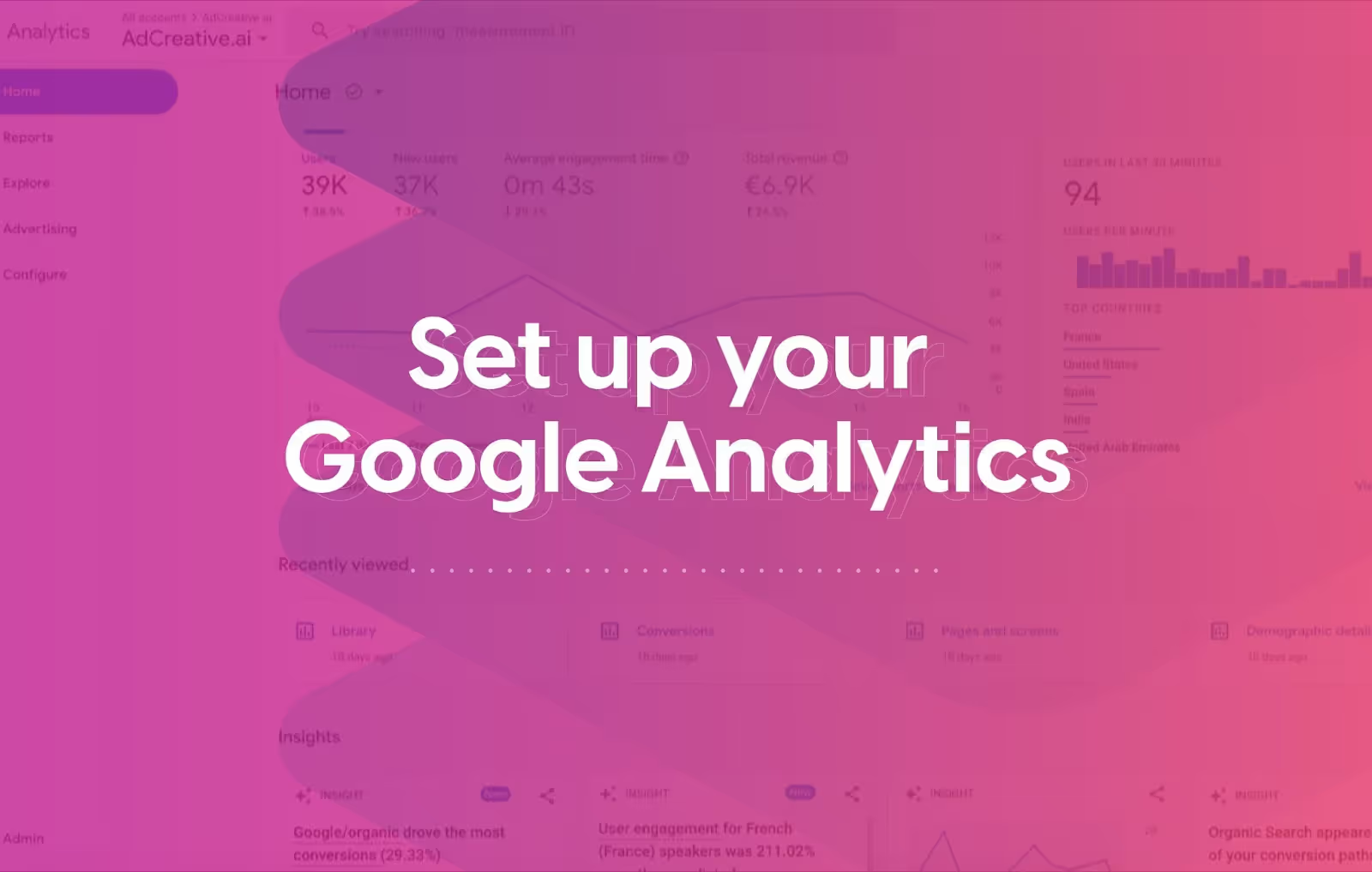
That was just to give you a bit of information. If you need to go deeper, there are a lot of tutorials on YouTube. Let's come back to Google performance Max campaigns.
Required Variations in Google Max Ad Creatives and Copies

So just to recap what we learned so far;
- Google performance Max is a type of campaign that needs conversion.
- You give a lot of details to these campaigns, such as 10 headlines or 10 creatives or whatever, and Google kind of mixes and matches and creates several hundred variations.
- It then puts them live to understand which ones are performing well.
- Find the best-performing one and start using that one. In essence, it's very similar to Facebook's dynamic creative ads.
I used to create 50 different ads, test them all, understand which ones are performing, turn off the ones that don't perform, keep the best ones, and then create new variations of these best ones. That was my daily job. That's why people were paying me. But now you don't need to do that. The platforms do everything, they create those variations for advertisers. Businesses have to be very creative because the creative matters the most in 2022, so creativity is super important.
Target Audience, and why is it not so essential in this campaign?
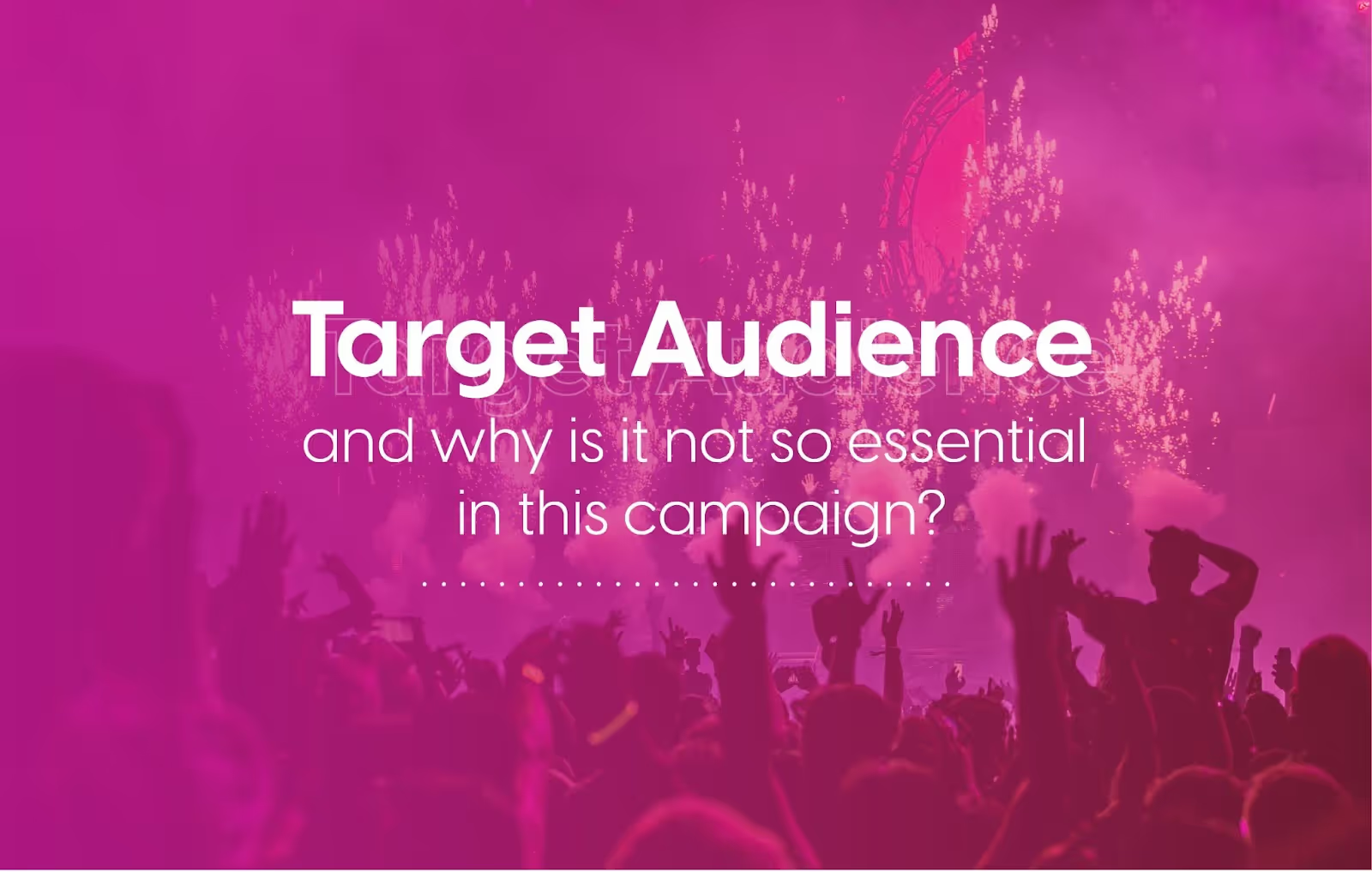
You're going to see Google's performance max does not need to be provided information about your target audience. You can simply say the whole of the US or the UK, and it’s going to find the right audience for you in due course of time.
So let’s come back to the campaign and select leads. Let's say that I've done that. I click on continue, and I'm going to select Performance Max. So you should write a campaign name, usually one of the best practices.
Depending on whether you like who you're working with or what's your style. But if you're the one that creates your campaigns, I would probably be going on Google Performance Max, for example. Here I would say lead generation and I would say let's say that in this one we are targeting US or France since we are in France right now.
So let's say ‘Lead France’ if you're using API or wherever you're checking your campaigns. And they don't tell you the campaign type here. It gives you that information. It directly tells you that, and probably I would go a bit more in detail.
But let's say that that's already going to do the job. But basically what I would be doing is that let's say that I'm going to be talking about our, $500 discount. I would also be potentially putting it there.
How to set a budget for your campaign?
The first thing you're going to do is to budget. Let's say that we are going to put $100. As, you know, Google performance max. is going to create hundreds of variations. So the higher the budget, the more data the ads gather.
The more data the ads get, the more data the campaigns get, and the faster it's going to optimize.
So if you want to test performance Max campaigns with three dollars, $5, or $10 a day, it's going to take a long time before you see any kind of performance. So I recommend that you test with the proper budget, like hundred dollars in countries like the US. But this may be a lot if you're advertising in countries like India, Pakistan, or Turkey.
But a hundred dollars could also be very cheap if you're targeting. I don't know, like most probably in New York.
So what I'm trying to say is that, find the proper budget. I think the safest way is if you're going after high-income countries, a hundred dollars a day is usually a good option. So let's go to the next step.
The broader your audience, the more data it has. The more data it has, the better it can optimize, and also you have less chance to mess it up!
For example, right now I'm in Paris. And let's say that I'm selling t-shirts in Paris, or I'm doing a lead generation in Paris.
If I put a specific part of Paris that’s OK, like in that arrondissement, they're going to bring me the best leads.
And if I go and target that part of Paris, maybe there's a chance that I'm missing another part of Paris that could bring me lots of leads. So what I'm trying to say is that if you're not 100 % sure. If your lead generation can only be from there, because there is something about your business that only these people can be your clients. Then of course you have to go to that part.
But if everyone in that city or country can be your client, I would recommend you to go as broad as possible to not miss anything, because that's Google's job!
They have so many signals that as advertisers we don't have access to, but they have like millions of probably data points per person, so they know who can be your client. In that case, I would let them do the job. So I'm going to say France in this case.
I'm not going to target English-speaking. I'm going to target all languages. Usually, that's the best practice, but if you want to go very deep, you can say French.
Don't forget that there are a lot of people who use this, English browsers, etc., just like me or there are a lot of foreigners. As well, they do kind of speak French, they could be your client. But they're not going to be using their browser in French, so I think I would always recommend all languages, but in this case, I'm going to leave it French.
Trust In Google’s AI
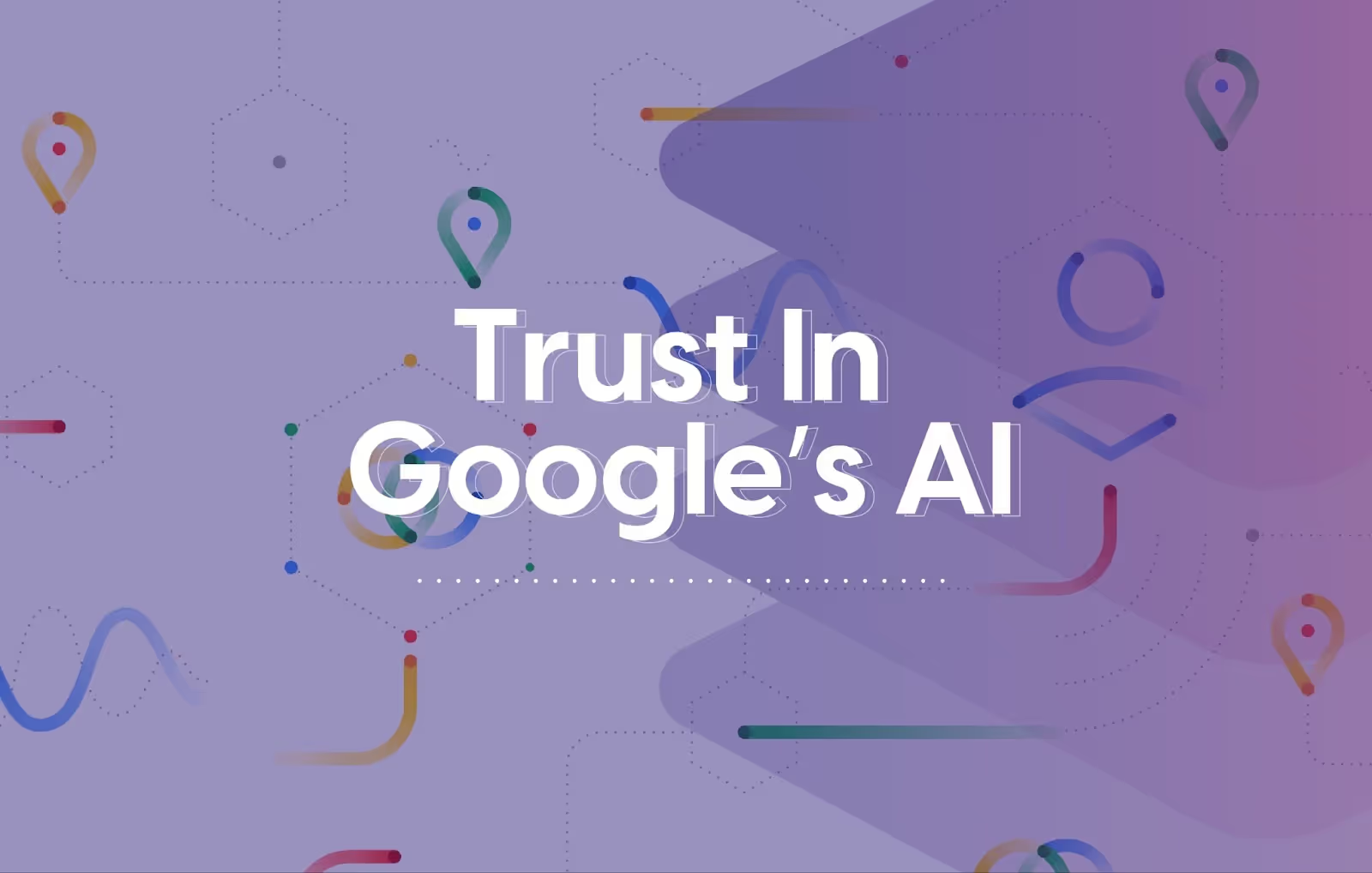
And Google does something amazing. It tests all your websites on this section’ final URL expansion.
So what I'll be doing is that I'm sending the traffic only to my homepage or only to this landing page.
Because typically what happens is that Google starts sending traffic to your pricing page. And mostly cold audience, they click, but in order to convert they need to understand your offer. Directly, going to the pricing, is not usually the best place to end up. I often use the pricing page on retargeting with a discount and then send them to the pricing, so they can select their package or whatever we’re selling.
So that's why. I don't let Google do that. That being said, I'm pretty sure that if I leave both ads for just a couple of days, Google would understand the best performing page and redirect traffic there. Do trust Google, they know their thing. Their AI and machine learning are quite well set up.
Now you're almost on the last step.
I'm going to take my website, and I'm going to say that my website is my final destination, so send the traffic there and as you can see, Google asked me to give 20 images. That's a lot of images, 5 logos, and 5 videos, but don't be scared if you don't have videos. They kind of create slides, type of ugly kind of videos for you. They do work, so that's all matters. And the rest of the stuff like headlines, long headlines, and their descriptions. So let's directly get started. So I'm creating ads with AdCreative.ai. It’s a tool that allows you to generate ad creatives. Since we are using that, I'm just going to go to my creative AI, get into my brand, and under my brand, I'm going to be creating a project.
Creating your first Project—AI Powered Ad Creatives for your Campaign
We Log in to Adcreative.ai. The first step is to select the size of the ad creatives. Here, I am going to select post size. And project description, I'm going to say that it is a SaaS platform that allows you to generate performance max campaign creatives in a manner of minutes. So that would be my project description. And the target audience is advertisers. Because that's who we are selling this product to, and I can go ahead and write my text.
How to create a lot of different variations of your ad copies?
But I love this text AI button like that kind of gives me a lot of ideas. I can edit it. I don't have to use them at all, but it's just super cool to see what the AI is going to come up based on my project description and the target audience.
So it's very and highly recommended that you give that data. So I love that creative AI is the future of advertising. I don't think we need that creative AI because it was too long. So it says that I need to delete 32 characters.
I'm going to use this one. I kind of like what I came up with, and I don't need it. Furthermore, I don't think that we require creatives. The fastest way to creatives. Let's say that it's good. And then here at Creative AI is the best way to create high-performing campaigns. That's lovely. And if you ever watch any of my videos, I think a call to action has to be very precise and on this one, I'm going to be saying something like- “Get an offer Today.” I mean, this is a lead generation campaign, and let's say that when they became a lead we're going to give them some kind of offer or a quote.
Choosing the right image for your ad campaign
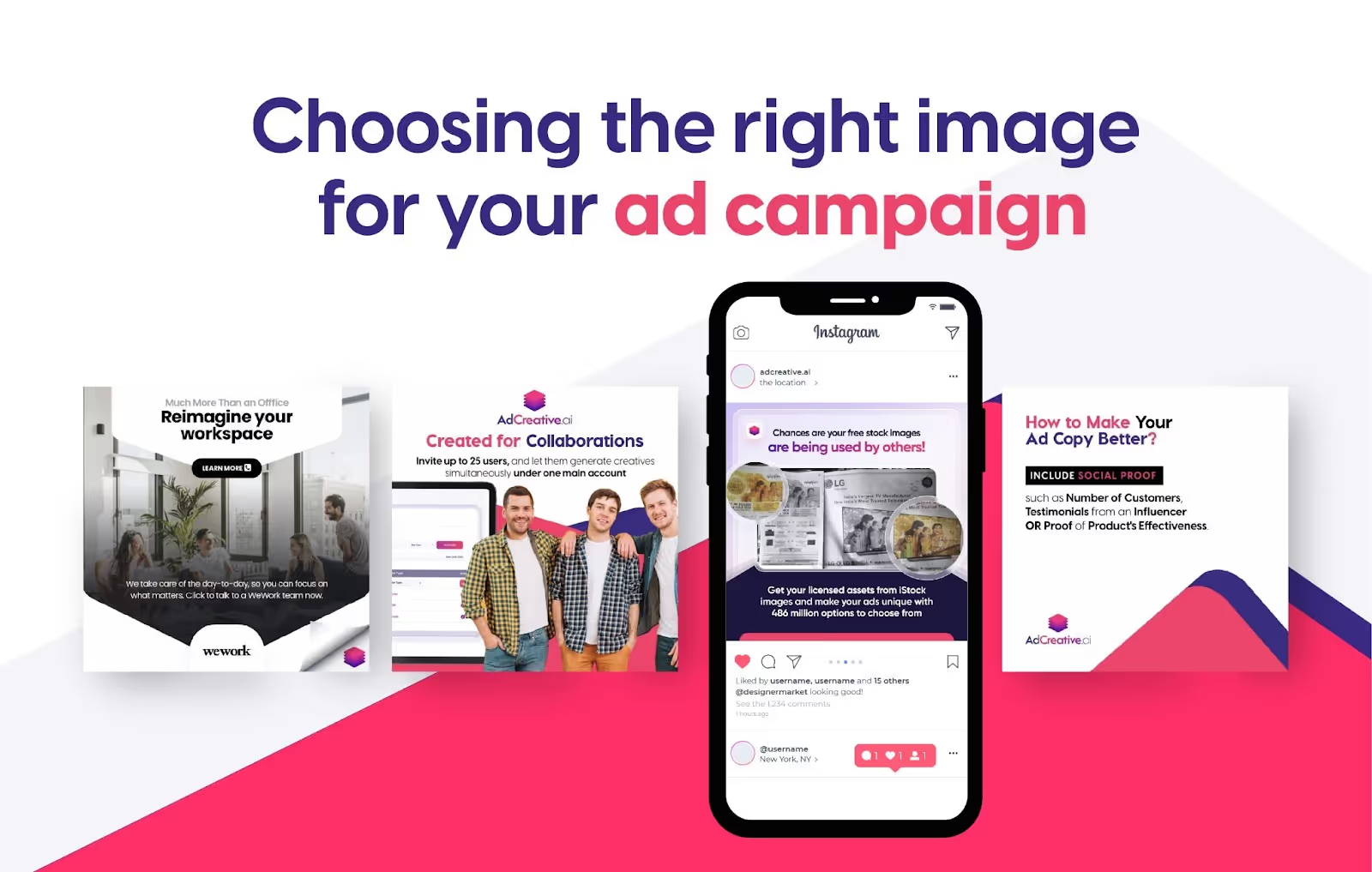
What we can do now is choose a background. So what we can do is if we want to have something premium, we can use this iStock integration. We are partners with iStock by Getty Images and you can purchase premium images. And this is just going to be $5 per image, although anywhere online you're going to see that's $10, so there's quite a bit of discount there for you, so your ads can have this premium look.
Or if you want, you can also use the free stock image search engine that we gathered the best Free stock libraries altogether that have like an Unsplash, story, pixels, etc.
So let's say on this one I'm going to advertise on Facebook. Let's see how that is going to end up or let's say in this example we do Google, right? Let's go with Google. Okay, so Google has some cool stuff. Let's see that if we like this one. Since we create, Google Performance Max. Google Performance Max is too long, so people kind of call it P Max. If you ever see it, don't be confused.
So what AdCreative.ai is going to do is to generate a lot of beautiful ad creatives from best-performing ads online. Because its creative-AI has hundreds of thousands of account accesses at this point, and we analyze those creatives that do well over the others. From those data points we can generate ad creatives that are designed to convert, designed to bring new sales, or designed to bring new leads. So that's why you're going to have these scores on all the creatives. And what I'm going to do is there are a couple of creatives that I like. For example, this one is my favorite, and if you download something you're going to see that as soon as you click on it, it's going to bring you this pixel-perfect version of that creative.
It’s faster than Canva
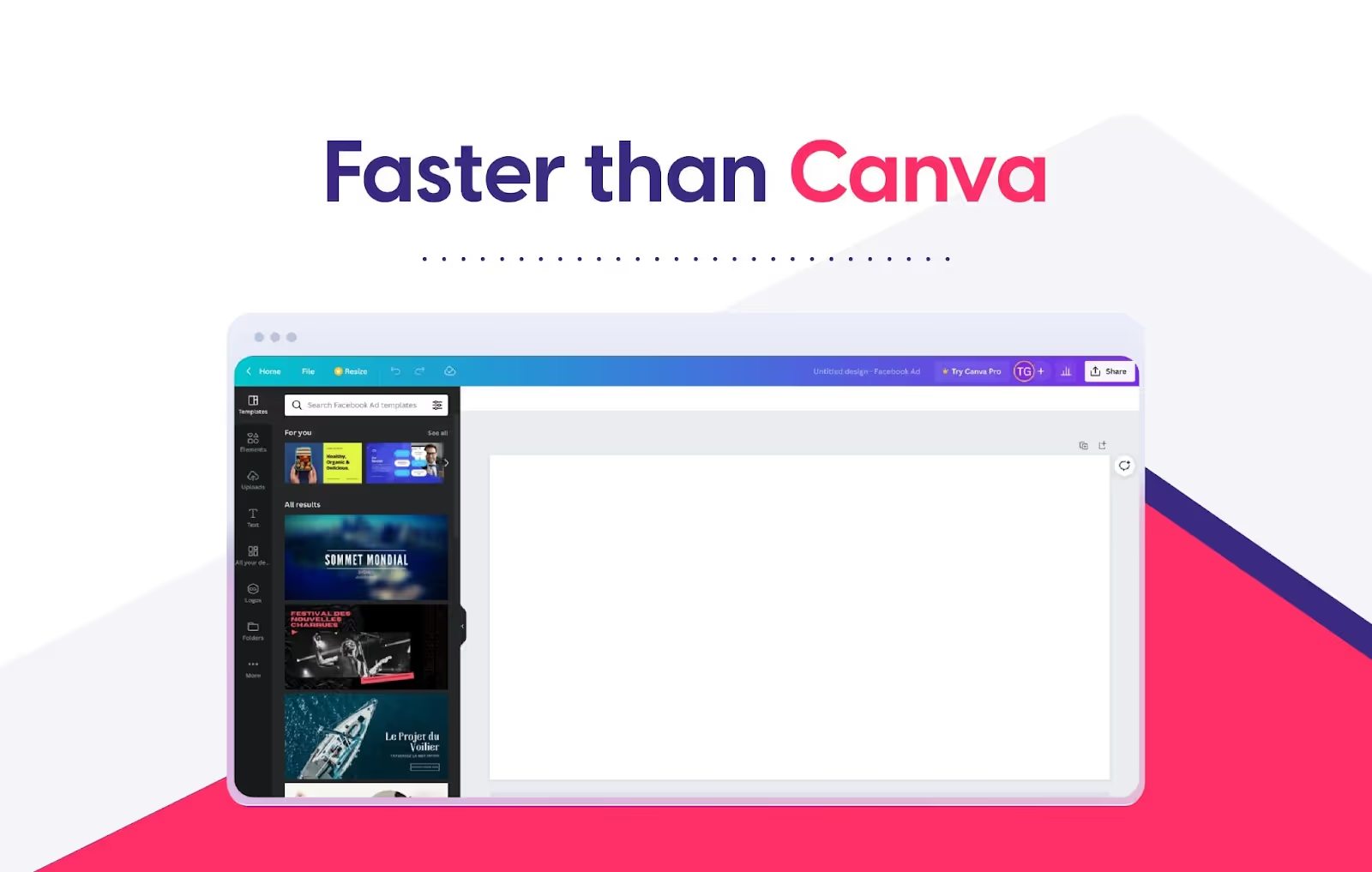
So it looks amazing. It gets my attention and that's the idea of an ad, and it would probably take me, let's say 15 to 20 minutes on Canva because I kind of use Canva from time to time.
So 20 minutes per image and I need 20 images, which makes around 400 minutes! You calculate the hours! That's a lot of time, and then you need to create different versions of that. So there's a lot of work there.
That's why Performance Max is beautiful, but a lot of agencies don't like it because you need to design a lot of creatives. When a client says, hey, connect me, to Performance Max. The first thing that agency thinks oh my god, I just need to create hundreds of images to test because that's the best practice if you create one ad with Google Performance Max one creative, that's not the best practice.
Ad Creative Variations for your P Max Campaign
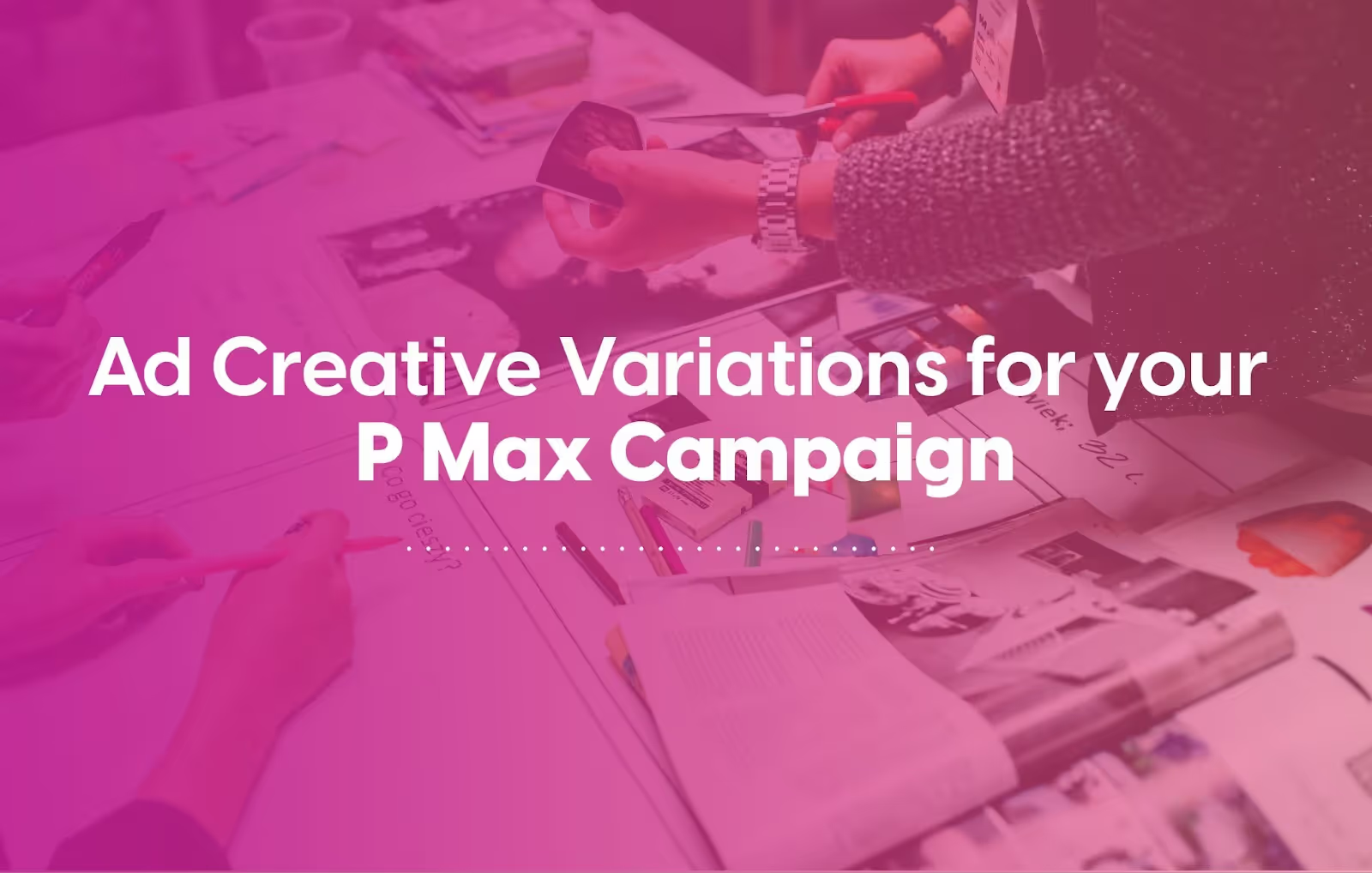
Anyway, today I'm not going to go, that's crazy. I'm not going to put 20 of them. It's super easy, but I'm just going to do 2 of them with different versions, so you can understand the value of it. So let's say that we like this one. I already downloaded the square one, So what I can do is I can click this beautiful icon that says render this image in other sizes. What's going to happen is that it's going to generate this creative in other sizes and bring me all of them.
And I need a square for Google Performance Max. I need a landscape which is a bit shorter and wider. And then I also require a vertical, Google likes these three formats because it looks good on every placement when they combine these things.
So what I can do is basically go back to my Google Performance Max and then click on images. So let's go back and don't let the square again, so I don't search it just for each know when you download something one time, you don't have to use your creatives again.
You're good. You can do want it as much as you want, so I selected those 3 creatives. What I can do is so as you can see, Google knows three sizes, and we give the perfect size, so Google doesn't even ask you which size this is for. So this is for example. It knows that it's 1.9 to one. So basically it's a perfect size.
It's a landscape, this one. It's a perfect vertical. Four to five, and this is a perfect square 1 to 1 So since we do perfect generation. Google doesn't even ask. It recognizes all you need to do is click on save, then you need logos and clearly, I created performance Max campaigns before, so I should have some logos.
Don't worry if you don't have video, Google’s got you covered
When it comes to videos It is recommended that you let Google do their videos, but also you should have one video or two videos at least if you can do 5 do 5. But I already recorded something for sales purposes, and this video has 64 minutes. I was just checking if I can advertise that long media, but basically, I could get that and this and that and that. And basically, I could create 4 videos. I already have a lot of YouTube videos anyway, so headlines. Oh my God, there is let's check it together, so you'll need to prepare 5 headlines here. And five long headlines. And then how many? I think 4 descriptions. Let's see no. Five descriptions as well, so you need five headlines, 5 long headlines, and five descriptions.
Save a lot of Time with Creative Automation

That's a lot of time, but we did creative AI we solved that too. You can go to text projects under your brand. You can click on create a project, write your product name adcreative.ai. Output language English. I won't headline that first, I'm going to use them on Google, so the tone can be for that like the AI is excellent on that describe your product- Adcreative.ai is a SaaS platform that allows you to generate ad creatives that sell. The target audience is advertisers. That's it, I just give all that information. Ai is going to like to generate a lot of creatives and going to bring it to me.
AI Text Generator and your Ad Copies
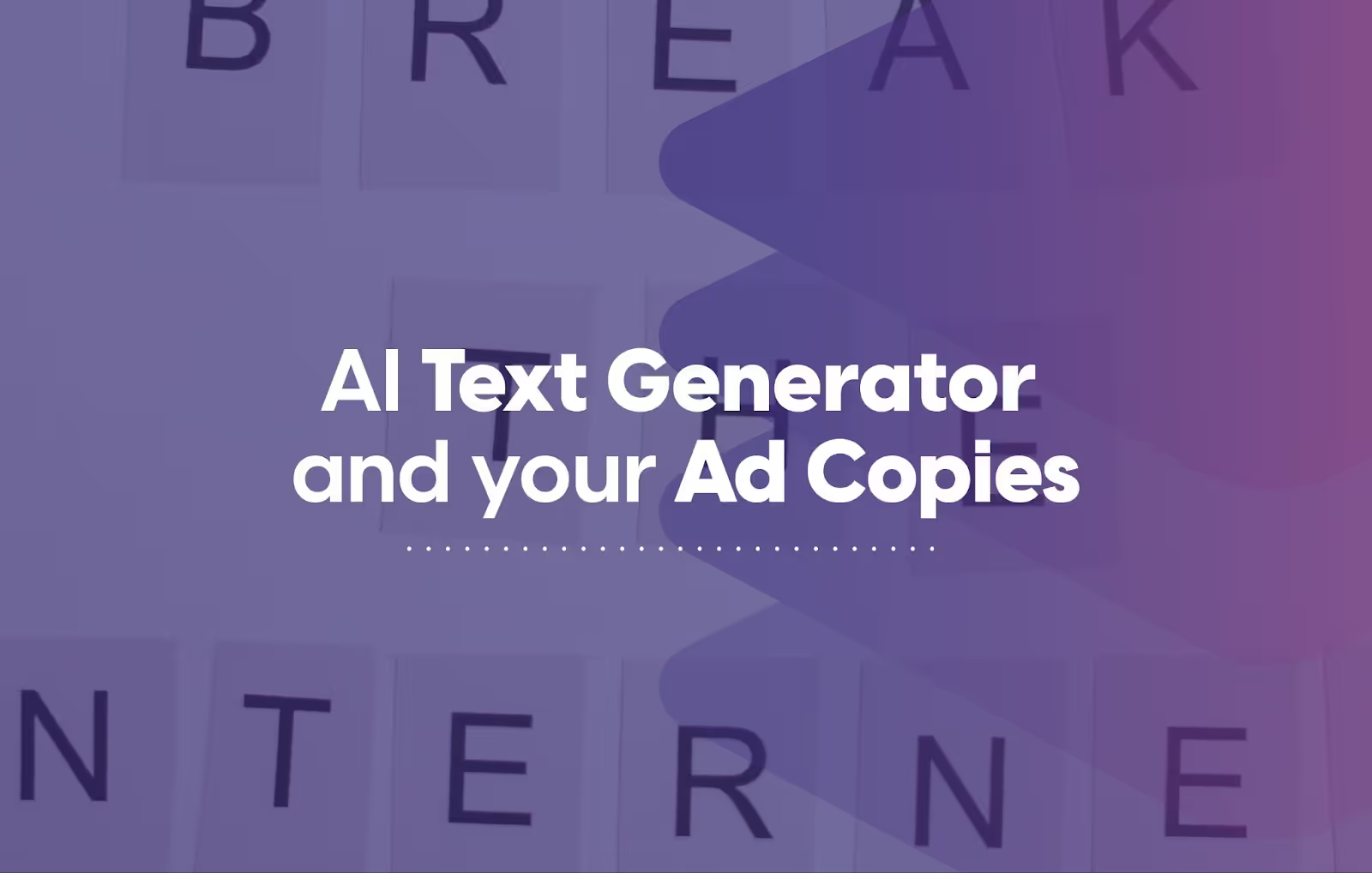
Some cool stuff, and I can even see how many characters they are. Get the best ad creatives that sell. Love it. Let's go use it right away. We cannot use it that it’s 30 characters. Use it on the long one. That's cool enough, so the second one—creative the ultimate SaaS platform for creatives, love it. Let's go. The third one—Generate stunning ad creatives that sell. Why not? Let's go and test it.
Continue, the perfect platform for creating ad creatives that sell. Fifty-seven characters that fit. Let's go, and the other one is going to be a One-Stop shop for ad creatives. That's done. So basically, that's what you can do. I'm not going to spend a lot of time, but basically, you can change some inputs or generate more copies to get those. Google also gives you some stuff from your website, like AI powered ad creatives.
And then using artificial intelligence to save time and generate, whatever. So we write the headlines, and then you will be writing your descriptions as well. Google kind of gives you some ideas. They have a bug on their website, so it's like I don't know why this blinks when I try to do that you see just brings the one that I just selected, whatever. So we write that to call to action. I recommend that you leave it to Google unless it's very precise, and you know that I like my precise stuff. So I would be like in this case, let's say sign up, and I become signup.
And the business name is Ad Creative AI and basically, my ad is ready. You can go to more options. There are some tricks that I like. For example, if somebody becomes a lead, and you give them, let's say—Free coffee. Ok, let's say what you can do is you can write your free coffee. It doesn't change anything for you. It still goes to this website, not to the free coffee part, but in some placements, you can actually, if I'm not mistaken, on the search you can see that free coffee here, which believe it or not, gets a better conversion rate.
Furthermore, it's not going to change everything for you, but we love that for it. Ad Creative AI, for example, we use seven days trial, something like this, a seven-day trial, and it works well. It works quite well. And then. The last part is the audience signal. So we said the whole friends. If we leave the Google test, the entire France, it's going to take some time. And I don't want to waste that much money. I want to give a bit of a signal to Google. So Google is not saying I'm going to target only these people. I'm just giving Google signals, so Google can go to the right audience kind of there. And if they explore that okay, actually these people are better, they're going to go there. But it's okay. I still can give them a bit of a kick-start.
So let's say Ad Creative AI leads Gen audience, it's important that I write my audience names. So there are a couple of things you can do, the very first thing is custom segments. I recommend you to use custom segments. The best way is to create one, so let's go create one. Let's say that Ad Creative AI is used by advertisers, so I guess we could find something with advertisers.
How To Optimize Your Target Audience

Not at all, actually, since Ad Creative AI is for advertisers and I can target people based on what they're searching for. And what an advertiser would search would probably be—Let's say Facebook ads, Google Ads, Performance Max Ads, etc. And Google is going to give me how many people are doing that 55 % male, a hundred million whatever impressions. So that would be my custom segment. I already selected one.
Your data is very important, but to do that you need to have some Google Analytics. Set a connection ready. So what I can do is that I can select the whole thing, which is important, so that they understand who are our purchases, visitors, etc. And then you can also go to interests and demographics and there you can actually go to in segments and find some stuff there. For example, business services. Okay, people who are into business services in the market, and then you can also go to demographics. I do not recommend it. But if you're doing lead generation for a male haircut, let's say clearly you need to go to male here.
The thing is that because of the privacy settings, Google sometimes and most of the time now don't really know the gender, so I would keep still unknown in there, but you can exclude at least the ones that they are sure that it's female, right? So save and as soon as I do that, my ads are based ready for the next step, I can go ahead and publish. There are two things there, citing extensions and call extensions. If you have the type of business that people actually can directly call, I recommend you to put the call extensions.
It's not going to appear everywhere. It's not going to appear. For example, sometimes on YouTube or Gmail etc., but it's going to happen on the Google search, and if it happens on Google search. Why not? They can directly call you, and if you can convert better on the phone, I would go that way. And if you're talking about lead ads, clearly we need to also talk about lead form extension.
Lead Form Extension and How to Use it Effectively?
Lead form extension is that if you ever use Facebook ads, they have this Facebook lead forms. It works in a way that when you click on an ad it directly brings you this kind of form that you can fill up and usually people do that where the lead quality is not that important.
They need a lot of volume. Because you if you don't bring them to your website and tell about your product, your services, they don't understand the value. And if they don't understand the value, they don't convert that well.
They may require hundreds or thousands of leads every day, to bring them to some kind of email sequence and try to convert them. People do that for lead forms or some businesses don’t really have a landing page or website. And when you don't have it when you still need to advertise, that's also an option. And in that case, if you're thinking that, how am I going to manage hundreds of leads a day? I'm a small business.
What you can do is you can make your lead form maybe a bit harder to fill up, so people don't become that lead.
Only the interested ones will. So for example. If I decline, who does wedding photography, and what you can do is like-when is your wedding?, a custom question. And since when you say when is your wedding, it's not another pre-filled question like the first name, last name, email, whatever people need to write and only people who have weddings coming soon are going to write it.
And then you can write like where is your wedding like or XYZ like and then when you ask these questions you're going to decrease the number of conversions, so you can go to very high-quality ones.
So I recommend you create a lead form. You can do the same thing here pre-filled as you can see if you want to get a lot of leads you can use pre-field. But if you want just like very high qualified ones, you can write some additional questions. So lead form is very important. I definitely recommend you to do it and if you're ready for it, you go to the next step, go through, review everything and publish it right away.
Let's Summarize What We Learned
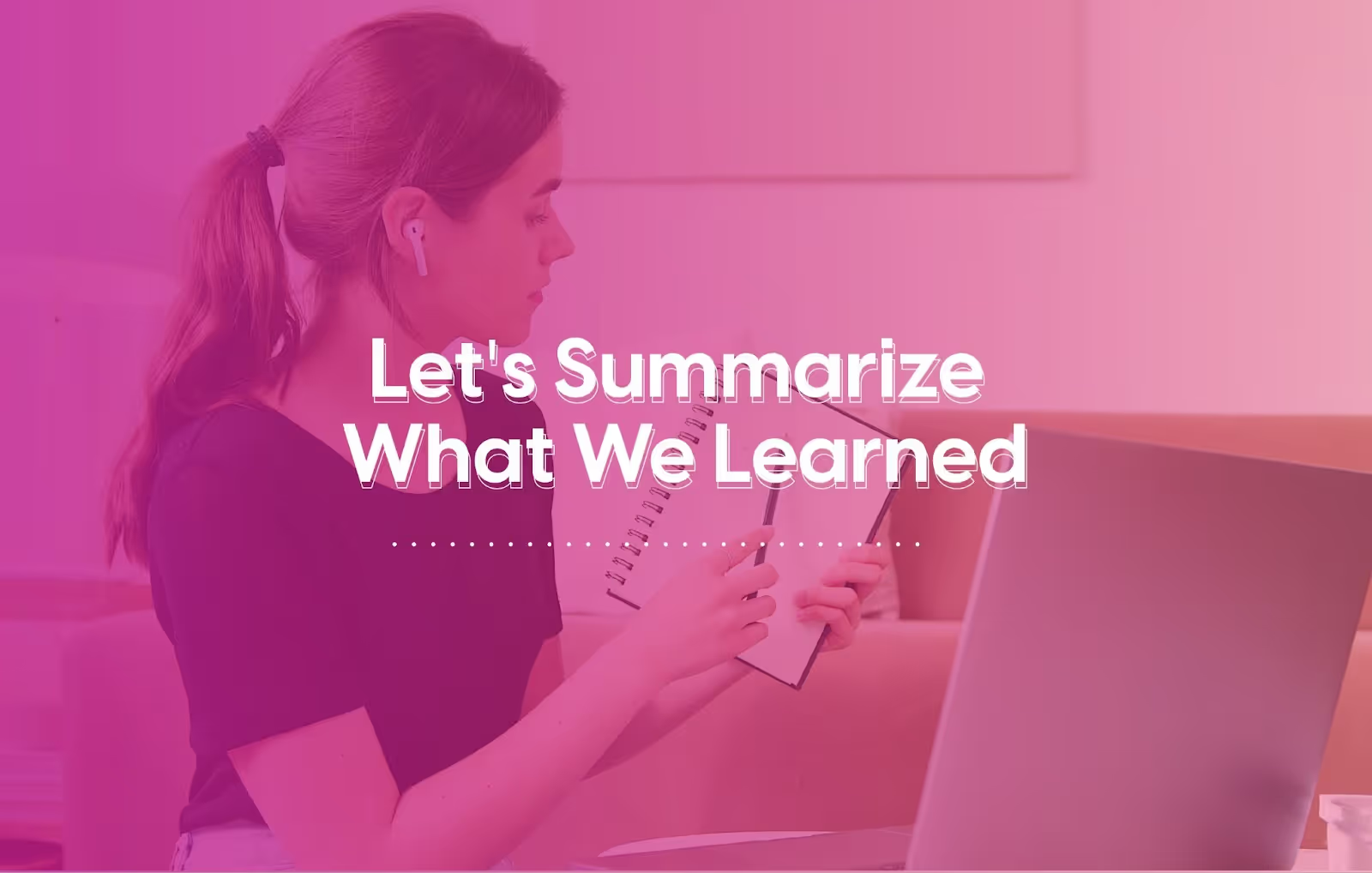
So I just want to wrap it up. What we've done is that we created a campaign for conversion. This is because Google performance Max campaigns is optimized for conversion. It has 4 conversion. We set up our conversions through their conversion helper.
But if you do not have that, you can go ahead,
- Set up Google Tag manager and after that Google Tag Manager,
- You can set up your Google Analytics 4,
- Then set up your goals
- Go to your conversion and import those conversions.
I know it sounds like a lot, but actually when you do it once, the second one is going to take 10 minutes to set it up and you just kind of do it once.
And if you have more conversions, later on, you have to import more conversions, but it's quite fast.
And you do it once, and when you do it, you're going to thank me later on because that type of data is very valuable.
When the setup conversion was done, we directly went ahead and started creating Performance Max Campaigns.
These campaigns require lots of creatives and lots of headlines, and it can be very hard. That's why we use the tool called AdCreative.ai, which is a tool that we developed here in Paris. We generate a high conversion rate ad creatives because in 2022, especially as I mentioned before, creatives matter.
So basically, if your creatives are amazing, but your audience is poor and someone else’s creatives are super poor and their audience is very valid– Your ad is going to perform much better.
This is because platforms get better at audience laser targeting. They find the right audience for you, but you're creatives, your headlines, your descriptions, your images are extremely important.
That's why we ask ourselves, how come creatives are the most significant thing in the advertising world right now? But still, we are designing creatives based on beauty, based on how we feel that day, or whatever. Or how it looks to us as a business owner. But maybe our target audience doesn't see it that way.
So we said that okay, creatives must be automated. Creatives must have artificial intelligence and data behind them. So we created AdCreative.ai, so that, artificial intelligence can generate those creatives using over a million data points. Now ad creatives perform amazingly!
So we analyze those creatives, understand data, what kind of ad creatives perform the best, and we bring you these beautiful creatives. Choose the ones you like backed by the scoring and start advertising them.
So that's the value, and you do the same thing on text generation as well. We bring you a lot of text that is converging. The focus is to sell. Convince your audience. With AdCreative.ai you can generate these types of lead generation campaigns on performance max in just a matter of minutes.
But if you were just creating this by yourself without spending and explaining everything literally under 10 minutes, you can create some killer Google performance Max campaigns for lead generation. All the best!




